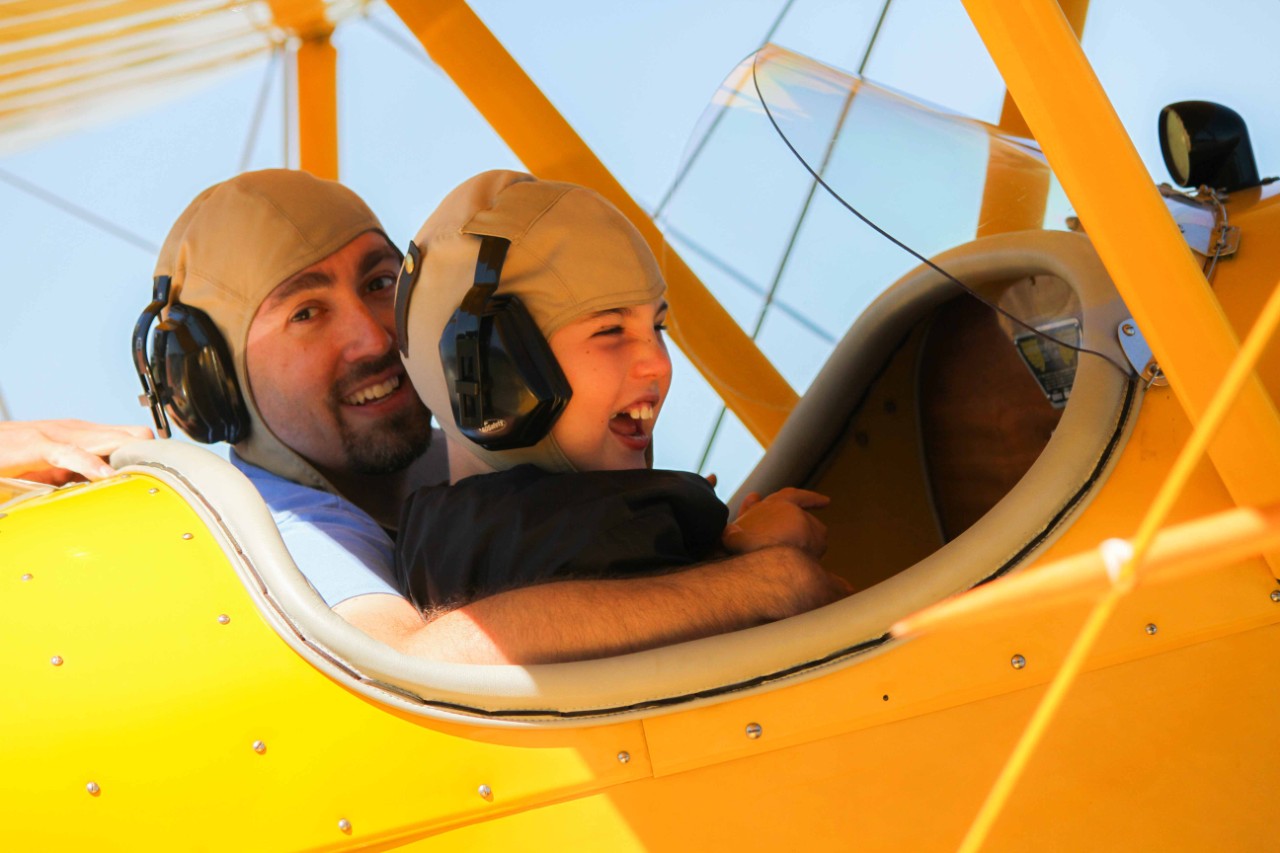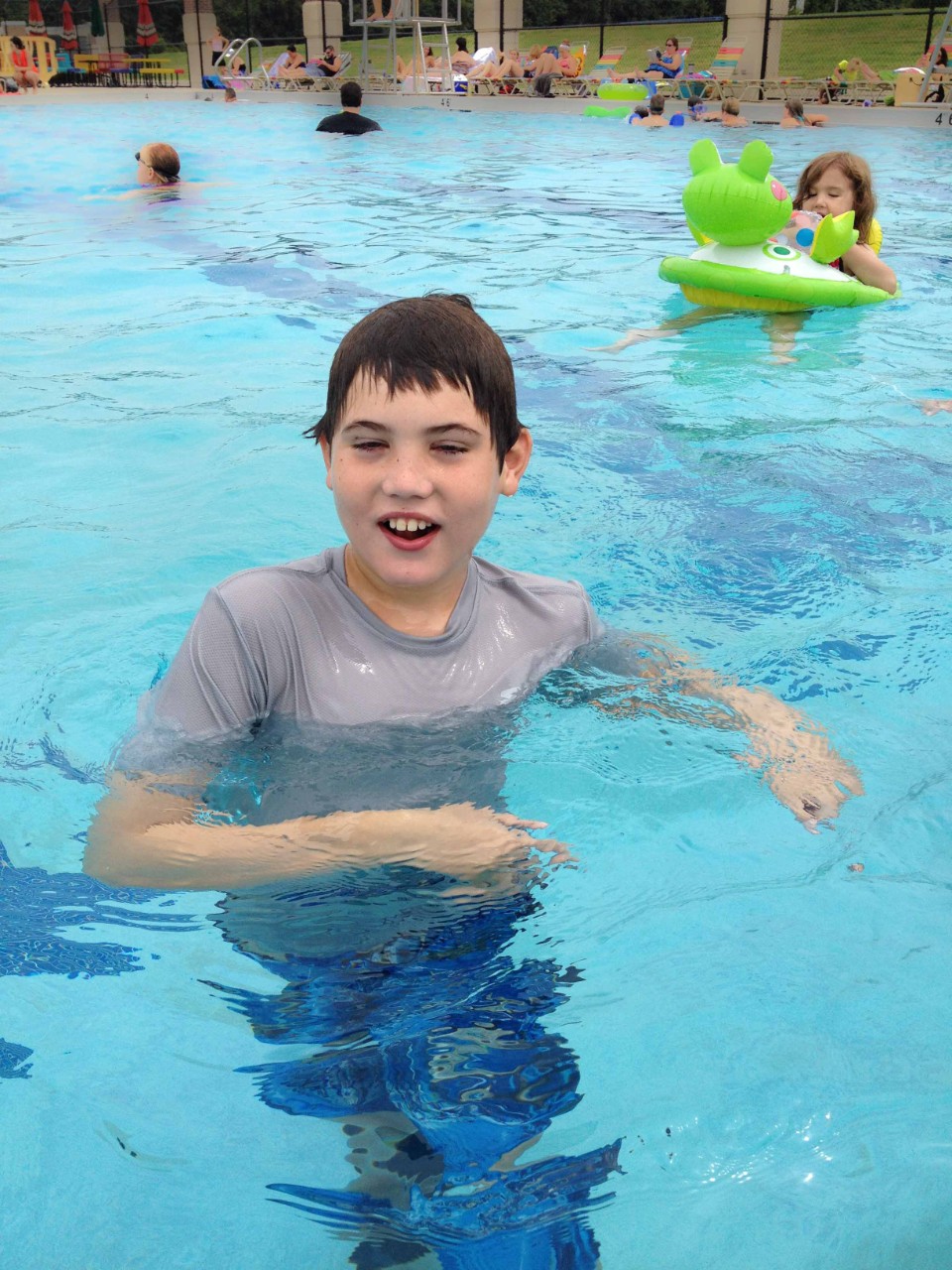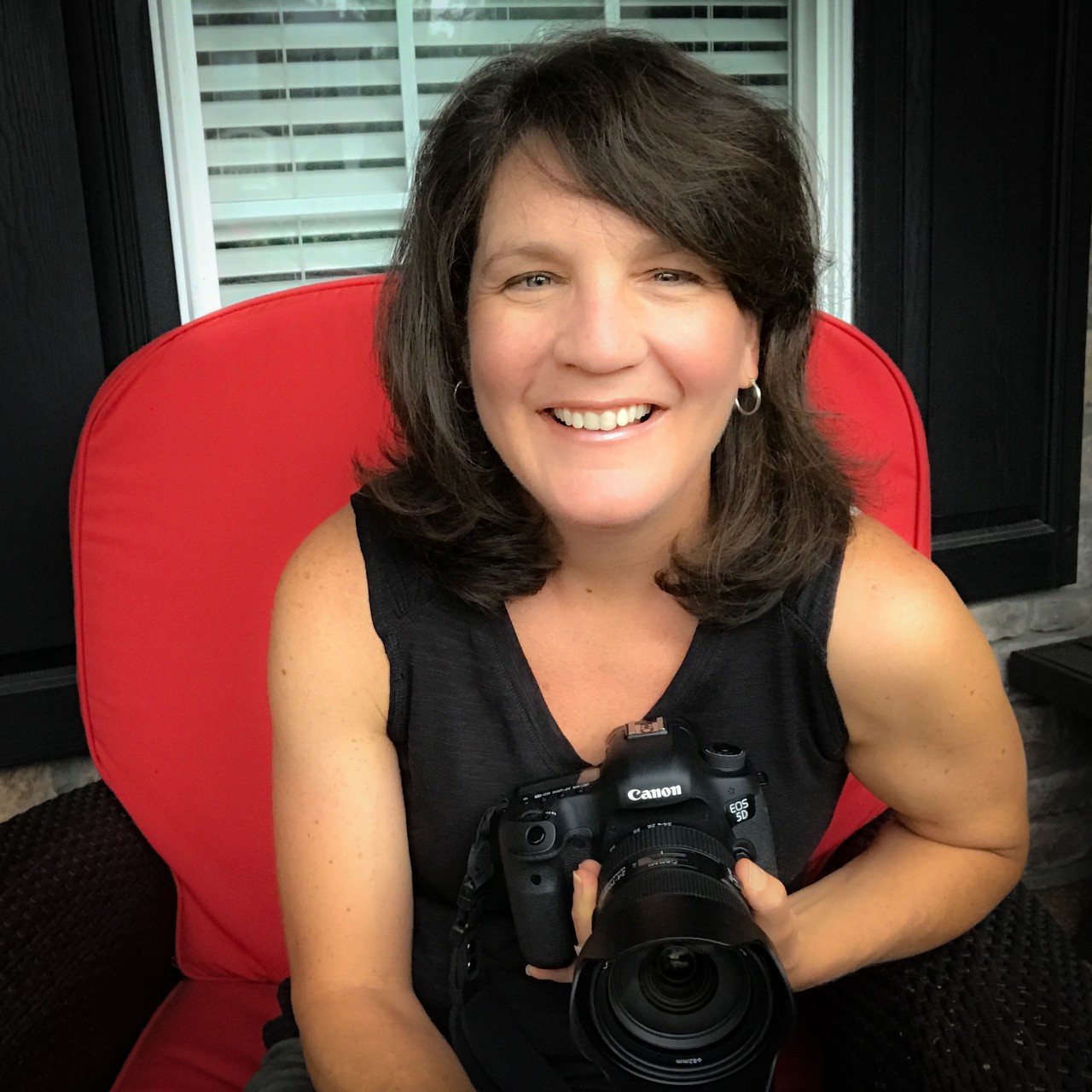Breaking Ground 91 Arts - A Picture is Worth 1,000 Words
Using Photography to Help My Son Communicate - by Jen Vogus
I’ve always had a tendency to notice the more mundane things in the world around me, appreciate them and be affected by them. My experience as a parent of a child with a disability has really heightened this for me.
My son, Aidan, began having seizures shortly after birth due to a chromosomal deletion. His development lagged as the years went by. No matter how many doctors we saw, how much physical and speech therapy we did, and how much love and support we gave at home, he was not meeting those age-appropriate milestones.
Slowly, I began to understand the challenges Aidan would face and the degree of help and care that he would always need. My husband, Tim, is very involved, loving and supportive and by no means have I been alone in this journey. But as Aidan’s mom, I felt responsible for all that Aidan had to endure and that it was up to me to find a “fix”.
When Aidan entered elementary school, it became increasingly difficult for me not to compare him to the other students and constantly worry about what the future would hold. The gap between Aiden and his peers grew wider each year and his world seemed to be shrinking. I saw families that could go out to a restaurant without their child melting down, whose calendars were not consumed with therapy appointments, who didn’t deal with changes in medication dosages and their side effects, and more profoundly, who were not woken in the middle of the night, every night, to comfort their seizing child.
I knew I had to tackle my negative thoughts and anxieties that were impeding me from being happy and living in the moment. That is when I decided to really embrace the “ability” part of disability. It didn’t matter what the other kids were doing. It only mattered what Aidan was doing and, more importantly, how he was feeling. I set my mind to notice and focus on the little things more than ever - his infectious smile, his unbridled excitement when he saw someone mowing the lawn, his quiet focus as he watched a bug crawl by, and his amazing connection to and love for music. Because for kids like Aidan, and really for all kids, the little things in life are the big things and they need to celebrated.
Parents are their child’s best advocate and this role is especially important when your child is non-verbal and has considerable physical challenges. At school, Aidan has limited ways to communicate with his teachers and peers, and they had trouble really knowing Aidan as a result. I shared Aidan’s “little things” verbally with his teachers and aides but the stories didn’t stick. I tried to think of a more permanent and tangible way for others to know Aidan.
I turned to photography – taking pictures of Aidan’s activities and passions. Aidan took the photos with captions to school to share with teachers and peers. It gave him a voice and illustrated his interests and capabilities in a way that was previously elusive.
Teachers and students were delighted to learn Spiderman is his favorite superhero, that he takes riding lessons on a white horse named Lady, that he can hold his breath and swim to the bottom of the pool, that he loves the thrill of the wildest rollercoasters, and that he gives his dad the biggest bear hugs of all. “That is so cool, Aidan! I like those things too!” students would say. The photos were not only a catalyst for him to build more lasting and meaningful relationships, but also helped me to realize he is more similar than different from his peers.
I began putting the photos in a book and that inspired others to contribute to it.
His teachers and aides at school began taking photographs of Aidan throughout the day to share at home all that he does and enjoys at school. His photo book took on a life of its own; Aidan helped type captions, glued photos into the book and shared his visual stories with everyone.
He now – as a sophomore in high school! - has a library of photo books documenting life at home and school from second grade onward.
As a result of taking these photographs of Aidan, I became more and more interested in the technical and artistic aspects of photography. I have always owned a DSLR (digital single-lens reflex) camera but was only a casual user, relying on auto settings. I immersed myself in learning the various settings to have creative control and obtain better exposures. So capturing Aidan’s “little things” has also made me grateful for an additional reason: it’s given me an outlet that is professionally, creatively and intellectually stimulating.
My goal in sharing my story is to inspire others to see and appreciate the “little things” in life and to use a device we all have at our disposal (a camera!) in a new way. It can be a powerful tool for change – building relationships, shaping perspectives and depicting the many abilities of people with disabilities.


Jen Vogus is a 2006-2007 graduate of the Council’s Partners in Policymaking™ Leadership Institute. She is also a board member of The Arc Williamson County and teaches photography to students with disabilities. Check out her service dog photography exhibit, “Doggone Good!” at several Middle Tennessee venues in the upcoming months.
Readers can visit her website at www.jenvogus.com for locations and dates and to view other work, and follow her on Instagram @jenvogus.